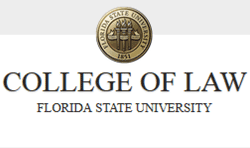Document Type
Article
Publication Date
2024
Publication Title
Houston Law Review
Publication Title (Abbreviation)
Hous. L. Rev.
Volume
62
Issue
2
First Page
275
Abstract
Critiques of the intent inquiry in trademark likelihood of confusion cases are somewhat misguided in light of theories about how information is transmitted in communication systems. Properly calibrated legal systems can incentivize better information flow and appropriate behavior by commercial actors using information forcing default rules. This Article considers trademark law's information transmission function in light of legal theories about the efficiencies captured through information forcing rules, as well as Claude Shannon's information theory, which provides a model for information transmission and important insights for how to optimize the signal-to-noise ratio in the commercial market. Defendants who run afoul of the bad faith inquiry are frequently engaging in behavior that increases consumer confusing interference in the market, reducing consumers' ability to receive sufficiently clear signals about the goods and services they would prefer to purchase. Courts should thus continue to consider bad faith in trademark litigation, with some modest adjustment. Courts should also credit evidence of the newcomer's good faith in selecting its trademark.
Recommended Citation
Jake Linford,
An Information Theory of Intentional Trademark Infringement, 62
Hous. L. Rev.
275
(2024),
Available at: https://ir.law.fsu.edu/articles/831
